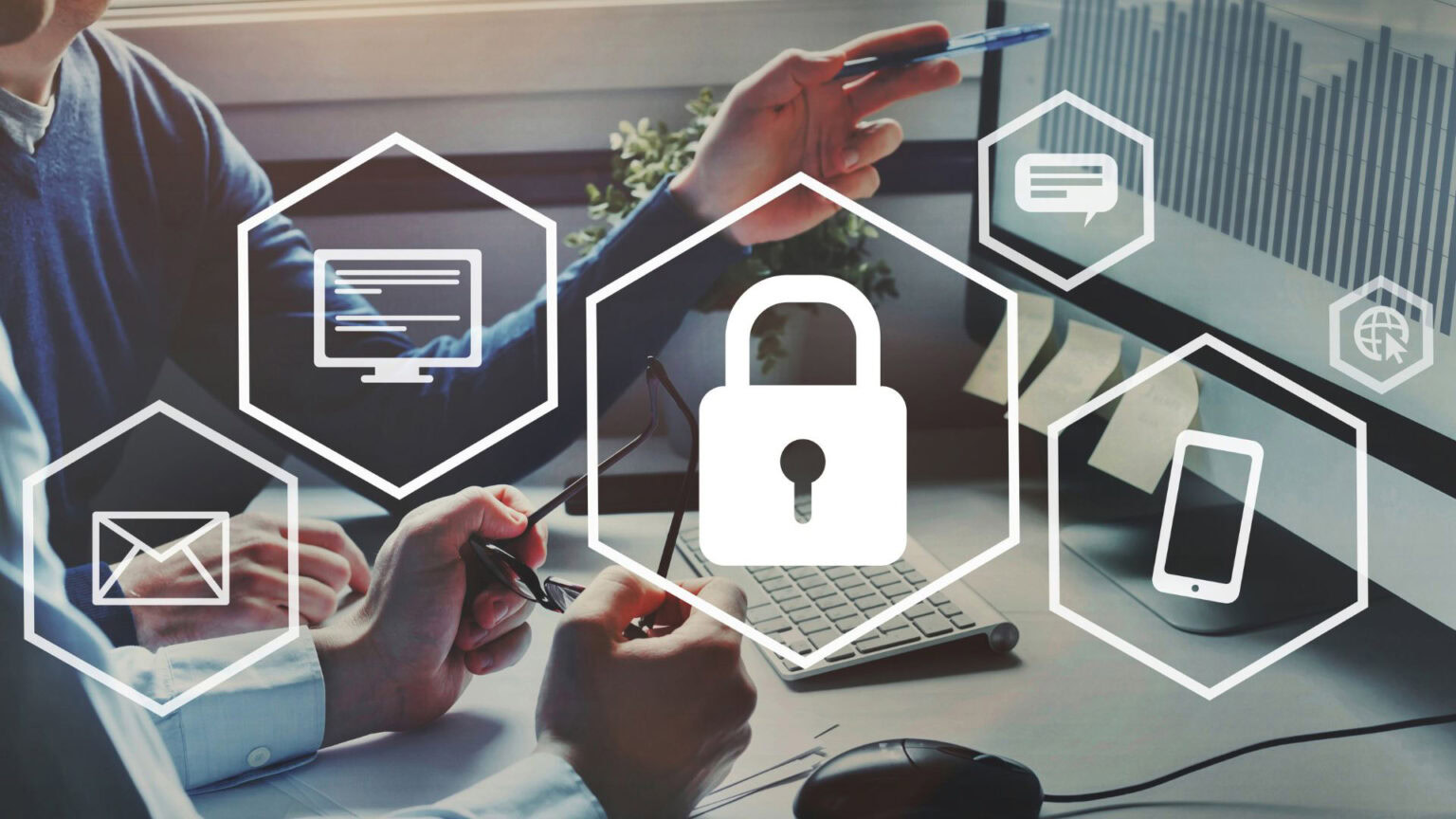Technology is transforming how businesses operate, but with progress comes new vulnerabilities. From advanced ransomware to smarter phishing attacks, today’s digital threats are more complex and more targeted than ever.
At HB Technologies, we help businesses navigate the changing cybersecurity landscape by translating technical risk into plain language and practical solutions. This article outlines key cyber risks businesses are facing and offers practical guidance to help strengthen your security and reduce exposure. Here’s what you need to be aware of right now, and how to stay ahead.
Ransomware Keeps Evolving
Ransomware attacks are more targeted, more damaging, and harder to recover from than in the past.
What’s changing:
- Attackers now use double extortion, stealing your data and threatening to publish it if you don’t pay.
- Supply chain attacks target software vendors or service providers to compromise multiple businesses in one hit.
- Ransomware-as-a-Service has lowered the barrier to entry, meaning more attackers and more attacks.
No business is too small. Having a clear incident response plan helps reduce the damage from ransomware attacks and ensures you can act fast to protect your business. Secure, offsite backups are also critical for restoring systems without paying a ransom.
AI is a Double-Edged Sword
Generative AI and automation tools are changing the game. They’re helping businesses improve threat detection and response times, but they’re also giving attackers new ways to scale up.
Attackers are using AI to:
- Write malware
- Craft convincing phishing emails
- Automate and launch attacks more quickly
At the same time, AI can help defenders sift through logs faster, spot unusual behaviour, and reduce false positives. Businesses that adopt AI in their cyber defences will be better placed to stay ahead of evolving threats.
Cloud Security Requires Active Management
Cloud platforms make it easy to scale, collaborate, and grow. But they also require strong and consistent security oversight. Many breaches happen because businesses assume the provider takes care of everything.
Key points to understand:
- Cloud security works on a shared responsibility model. The provider secures the infrastructure, but your business is responsible for managing access, data, and settings.
- Common issues include poorly managed user permissions, misconfigured storage, and no proper audit logs.
Regular security reviews and enforcing cloud policies are essential to minimise risk.
IoT Devices Create More Entry Points
Smart devices like cameras, sensors, and control systems are helping businesses improve operations. But many of these devices are not well secured and can create new pathways into your network.
Risks to watch out for:
- Many devices don’t support traditional antivirus or firewalls.
- Weak default settings are rarely changed or updated.
- Compromised devices can leak sensitive data or become part of botnets.
What is a botnet? A botnet is a network of devices that have been infected with malware and are controlled remotely by hackers. These devices can be used to send spam, steal data, or launch large-scale cyberattacks without the device owner even realising. Every connected device should be treated as a potential access point and configured securely from the start.
Remote Work is Still a Security Challenge
Remote work is here to stay, but home networks and personal devices don’t follow the same security standards as the office.
Key concerns include:
- Unsecured Wi-Fi and old routers at home
- Staff using personal devices for work
- Lack of visibility into where and how data is stored or accessed
A strong remote work policy should include endpoint protection, multi-factor authentication (MFA), clear guidance on approved devices, and regular security awareness training.
Social Engineering is Getting Smarter
Cybercriminals are increasingly targeting people, not just systems. Attacks like phishing, vishing, smishing, and business email compromise are getting harder to detect.
What businesses can do:
- Run realistic phishing simulations that mimic real-world scams to help staff recognise threats before they click.
- Run awareness training that’s practical, up-to-date, and tailored to your team’s everyday work environment.
- Encourage fast reporting of anything unusual, such as suspicious emails or login prompts, to minimise potential damage.
People are often the weakest link in a security setup. Investing in awareness and education can significantly reduce risk.
How HB Technologies Can Help
Cyber threats are constantly evolving, and so are we. HB Technologies provides proactive, human-led, and tailored cybersecurity services to help reduce your risk and respond to threats before they impact your business.
Through our HBT Shield Security service, we offer:
- Threat detection and response with 24/7 expert oversight
- Cloud and Microsoft 365 security hardening
- Endpoint protection and device management
- Email and phishing protection
- Vulnerability assessments
- Compliance and regulatory support
- Tailored staff training and phishing simulations
Whether you’re navigating remote work, securing smart devices, or preparing for what’s next, we’re here to help. Let’s strengthen your cybersecurity posture before a breach happens.
Contact us today for more information on how we can help – info@hbtech.co.nz or phone 06 833 7400.



